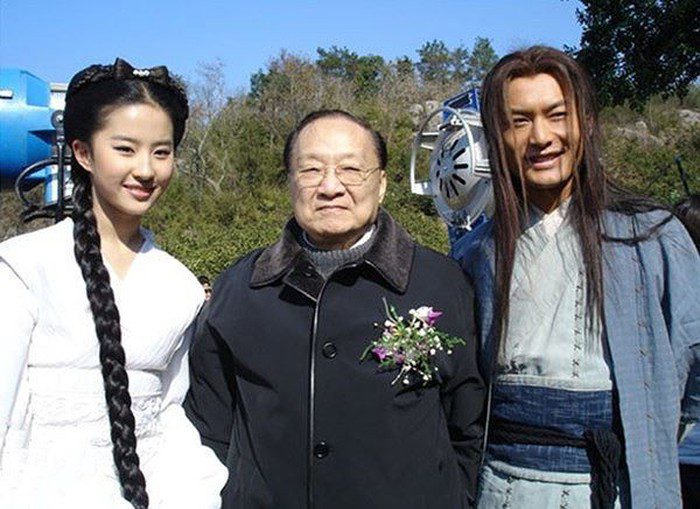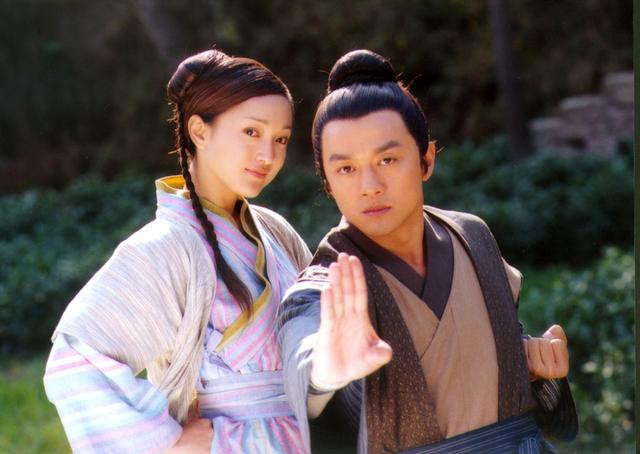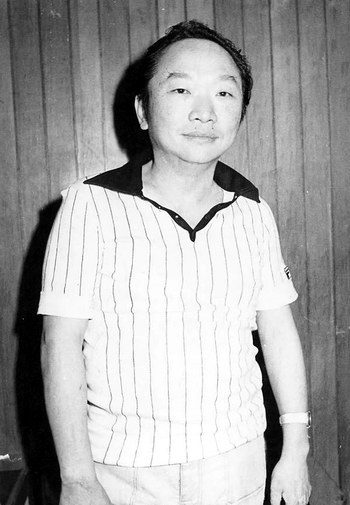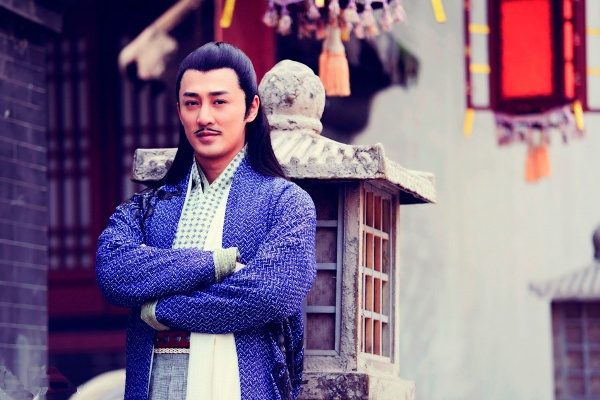Who is Greater: Kim Dung or Co Long? This question goes beyond a simple comparison; it’s about how individuals define the essence of martial arts literature, and the choice of the literary style they prefer. In reality, both have established distinct paths in the realm of martial arts literature.
The comparison can be likened to two mountains, where one seeks to determine which is taller when each stands on its own unique base.
Kim Dung: The Architect of Modern Martial Arts
Born as Tra Luong Dung, Kim Dung is not only a novelist but also a revered scholar, a prolific editor, and a figure who has had a profound impact on the cultural life of Hong Kong in the 20th century. Between 1955 and 1972, he wrote 15 martial arts novels, each contributing significantly to the literary landscape, with nearly all his works now regarded as classics.

The heroic figure of Quach Tinh is vividly portrayed, embodying persistence and emotional depth, serving as an ideal prototype for the traditional martial hero. In his narrative style, Kim Dung weaves intricate plots that dive deep into the psyche of characters, portraying personal struggles against the backdrop of grand historical events. His stories often feature powerful themes of freedom and resistance against oppressive forces.

Kim Dung did not simply follow the trends of martial arts literature; he created a world with a robust structure, utilizing various martial arts schools like Vo Dang, Thieu Lam, and others, to develop a rich tapestry of characters and adventures. He also connected these narratives within a continuous timeline, placing characters amidst historical upheavals such as the resistance against the French and the fall of dynasties.

From a literary perspective, Kim Dung is the only martial arts author to receive significant academic recognition, particularly from prestigious institutions like Cambridge University, which has established programs focused on his works. Many universities in China and abroad have developed research programs centered around his literary contributions.
Co Long: The Explorer of Shadows in Martial Arts
Co Long, whose real name is Hung Dieu Hoa, emerged after Kim Dung but carved out a distinct path in martial arts literature. While Kim Dung constructed a vibrant world of martial arts with clear structures, Co Long delved into the deeper, hidden layers of the martial arts world, bringing readers into the complex inner worlds of unique characters, thoughts, and conflicts.

In the intricate narratives that Co Long created, characters like Ly Tam Hoan serve as quintessential representations of his literary style—complex, reflective, and deeply human. His stories often explore existential themes, contrasting the harshness of reality with the introspective nature of his characters.
Co Long’s approach is not about detailed descriptions of martial arts but rather succinct, impactful prose that can convey profound truths with minimal words. His writing style often feels more like a modern narrative than traditional martial arts novels. His characters typically engage in deep reflection, tempted by the beauty and mystery of life.
Despite passing away at the age of 48, Co Long left behind over 70 works, many of which have been adapted into films, comics, and games. His influence has permeated the works of subsequent generations of writers, such as On Thuy An and Hoang Diep, who have acknowledged the profound impact of Co Long’s literary style and philosophy.

Two Mountains that Don’t Have to Compete
Kim Dung serves as a teacher, guiding readers through the complexities of life, while Co Long acts as a mirror, allowing readers to reflect on their inner selves amidst the chaos. If Kim Dung’s characters live to serve others, Co Long’s characters exist to understand themselves. Where Kim Dung places martial arts within the grand context of history and morality, Co Long explores the immediate, intimate struggles of existence.
It is not a matter of who is greater; rather, it’s about finding oneself in Quach Tinh’s character and seeing one’s own shadow in Ly Tam Hoan.

Martial Arts as a Vast Space for Unique Personalities
The simultaneous existence of Kim Dung and Co Long is not a competition but rather a complement to each other’s works. It shows that martial arts is not only about conflict and bloodshed; it is a lens through which to view life. One perspective looks through the lens of morality, while the other peers through the lens of introspection. Each perspective opens up a different path, revealing another facet of heroism.
Therefore, instead of asking who is greater, let’s ask: What do you seek today? If you seek a life lesson, turn to Kim Dung. If you desire a profound reflection on your own being, seek out Co Long.
For martial arts is not merely a genre of literature; it is a gateway to understanding, especially when the outside life is too chaotic and overwhelming.




















